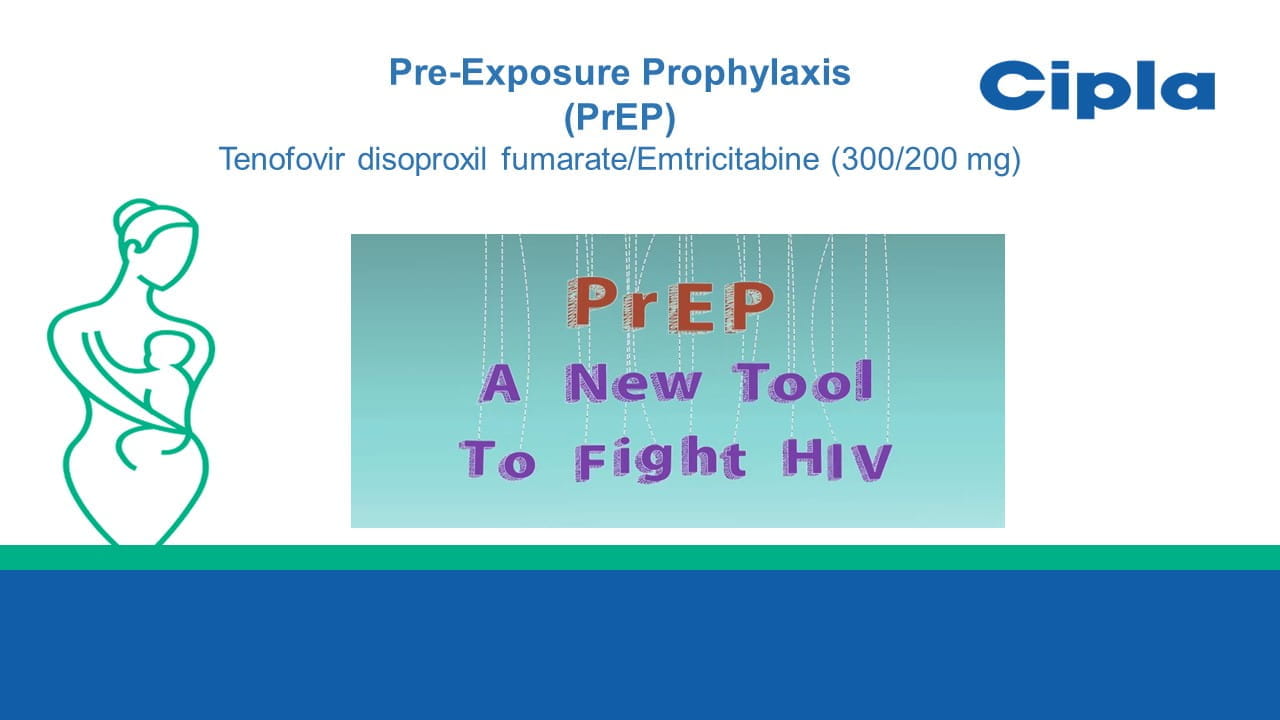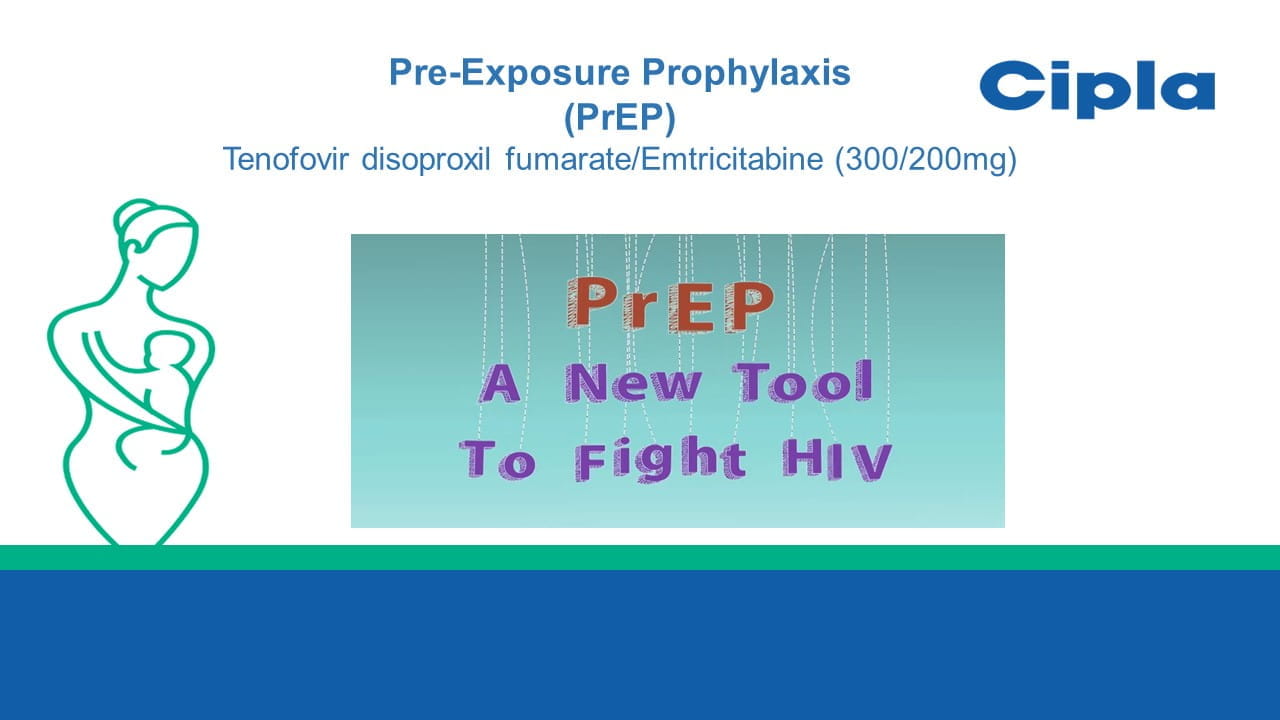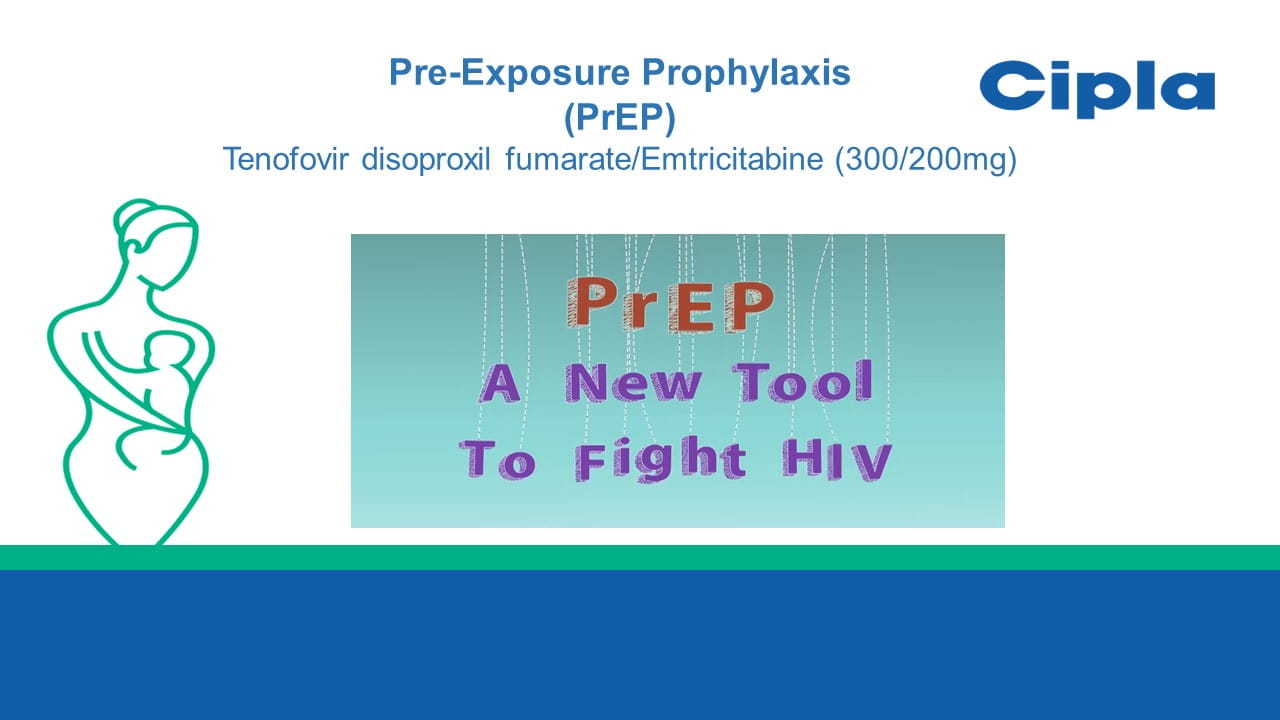AIDS 2024: Twice-Yearly Lenacapavir vs. Daily FTAF for HIV Prevention in Cisgender Women: Interim Analysis Results from the Purpose 1 Study
Speaker: Linda Gale Baker
Joint United Nations Programme on Human Immunodeficiency Virus/Acquired Immunodeficiency Syndrome (HIV/AIDS) (UNAIDS) reported that in 2022, just over 3,000 young women of a similar age to those in Purpose 1 were newly infected with HIV each week in Sub-Saharan Africa, with less incidence decline compared to their male counterparts. Oral Pre-exposure prophylaxis (PrEP) has transformed the lives of over 6 million people globally, yet many young women have struggled with uptake, daily adherence, and persistence. There is a need for new and diverse PrEP options. Lenacapavir (LEN), a first-in-class capsid inhibitor with a long half-life, offers the potential for a six-monthly injection. Tenofovir alafenamide (TAF), co-formulated with emtricitabine, is a smaller tablet than Emtricitabine/tenofovir disoproxil fumarate (F/TDF) and effective for PrEP in cisgender men and transgender women, but its use in cisgender women remains under examination.
Purpose 1 was a Phase 3, double-blind, active control, randomized trial designed to evaluate the efficacy of LEN and TAF for HIV prevention by comparing prospectively measured HIV incidence in each with background HIV incidence in screened individuals. The relative effectiveness of each drug was compared with that of an active internal control group receiving daily oral F/TDF. The trial was conducted at 25 locations in South Africa and 3 in Uganda, where HIV incidence in young women not receiving PrEP was at least 3.5%. Eligible young women aged 16 to 25 who had not tested for HIV or used oral PrEP in the past 3 months underwent both rapid and laboratory HIV testing. Those testing positive were further assessed for recent infection, while HIV-negative women with healthy kidneys, above 35 kg, and not pregnant were randomized 2:2:1 to receive LEN injections, TAF, or FTDF with corresponding placebo. LEN was administered subcutaneously as two 1.5 ml injections after a loading dose of two LEN pills on days 1 and 2. Participants attended follow-up visits at weeks 4, 8, 13, and every 8 weeks after that. Those who discontinued the study product were offered open-label F/TDF.
From August 21 to August 23, over 8,000 women were screened, 504 were diagnosed with HIV, and 92 were classified as having recently acquired HIV. 5,338 women were included in the modified intention-to-treat analysis after excluding 7 with acute infection at randomization. Just over 2,000 women were in the LEN and TAF groups, and 1,000 in the F/TDF group. Baseline characteristics were similar across the three study arms and among women who were not randomized. The median age was 21, with just over 2% under 18. Most participants had prior HIV testing, and a small minority had used oral PrEP. The high prevalence of baseline-diagnosed STIs indicated a sexually active cohort. An interim analysis was conducted when half the cohort had completed 52 weeks of follow-up, reached by the end of May. On June 18, the Data Monitoring Committee confirmed that interim efficacy criteria were met, leading to the discontinuation of the randomized phase. As per protocol, the trial team began offering all participants the option to start open-label LEN on July 8, and many hundreds of women had since initiated it across 28 African sites.
In the Purpose 1 trial, 55 HIV infections were observed during nearly 5,000 person-years of follow-up. No infections occurred in the Lenacapavir group. There were 39 infections in the F/TAF group (2.2% incidence) and 16 in the F/TDF group (1.69% incidence), while the background incidence rate was 2.41%. Lenacapavir reduced HIV incidence by 100% compared to the background, while daily FTAF was not statistically different from the background incidence. Lenacapavir also significantly reduced HIV incidence compared to F/TDF, with no meaningful difference between F/TAF and F/TDF. Adherence to Lenacapavir was high, with over 90% of injections administered on time. Adherence to oral F/TAF and F/TDF was low, declining over time. In the F/TAF group, those with medium to high adherence had lower odds of HIV infection compared to those with low adherence. Safety and tolerability were generally good. Severe adverse events were rare, with the most common issues being injection site reactions, headaches, urinary tract infections (UTIs), and respiratory infections. Nausea and vomiting were less frequent in the Lenacapavir group. Six deaths occurred in the F/TAF group, deemed unrelated to the study drug. Injection site reactions were common but mostly mild. Pregnancy was not a requirement, and 510 pregnancies were reported among 487 participants, with outcomes consistent with expectations. Ongoing assessments continue for pregnancy, breast milk, and infant exposure related to Lenacapavir.
In Purpose 1, zero women receiving twice-yearly Lenacapavir acquired HIV. Lenacapavir efficacy was superior to both background HIV incidence and F/TDF PrEP. A twice-yearly PrEP option could address adherence and persistence challenges, aiding in global HIV reduction efforts among women. Adherence to oral PrEP agents was poor, but protection was linked to adherence to F/TAF PrEP. Purpose 1 featured several innovative design elements and provided data on pregnant and lactating women, their offspring, and adolescents. This sets a new benchmark for conducting the study. Women continuing in the open-label extension phase can access Lenacapavir until it becomes available in Uganda and South Africa.
Several clinical trials of Lenacapavir as PrEP in diverse populations are underway worldwide, with results eagerly anticipated. Two pivotal Phase 3 studies are required for regulatory approval. The results of Purpose 2, the second trial involving cisgender gay men, transgender women, transgender men, and gender nonbinary people who have sex with male partners, remain in the pipeline.
The 25th International AIDS conference (AIDS 2024). 22nd-26th July, Munich, Germany




